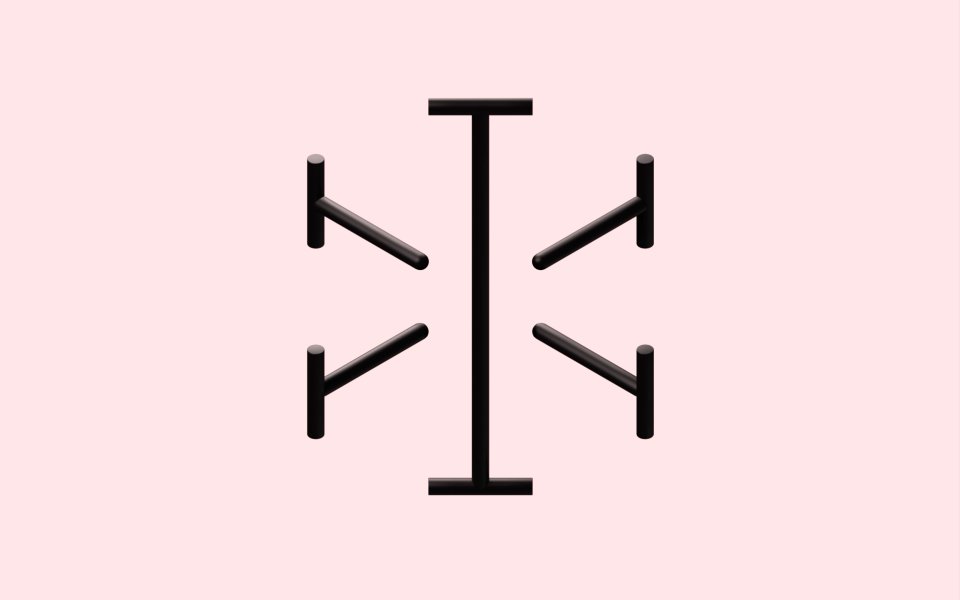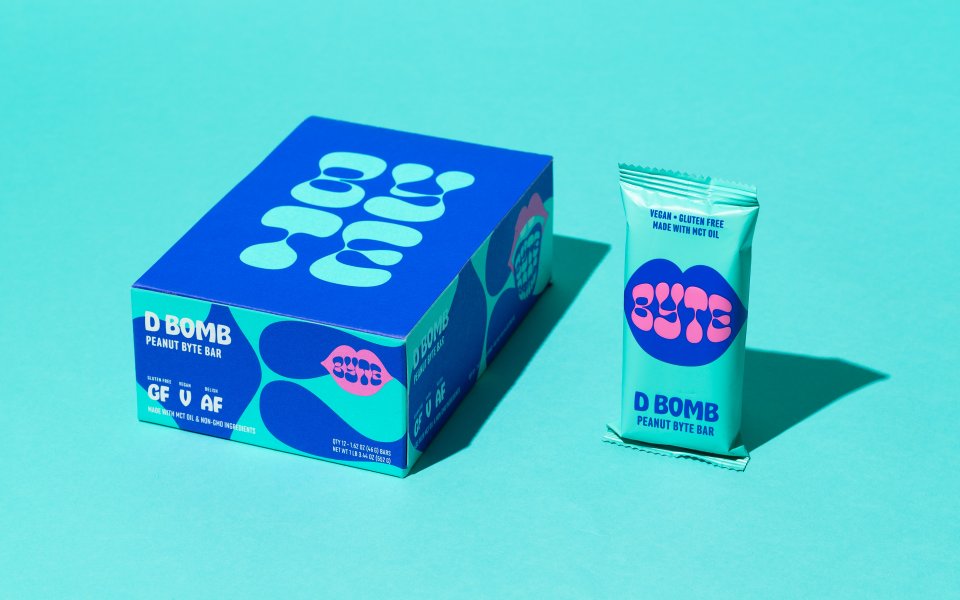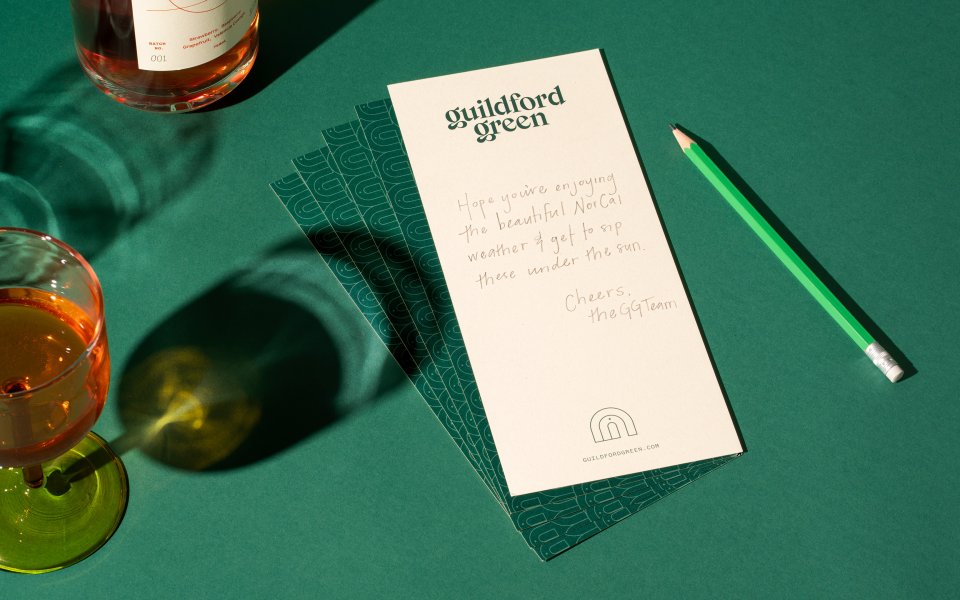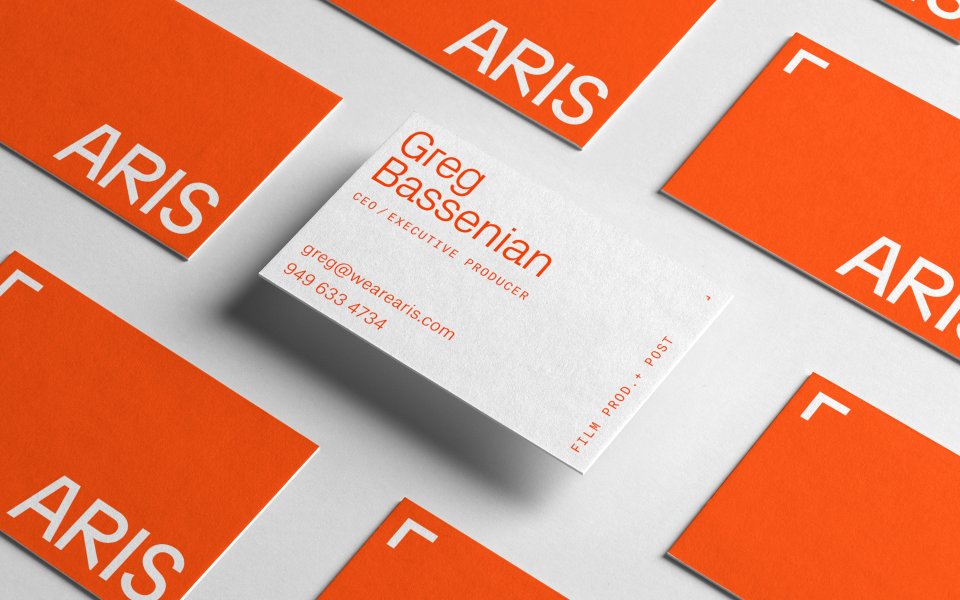Our Process
We work with organizations of all sizes from pretty much all sectors as long as they fit our values. Most of the time we’re involved with creating a new brand identity (or refining an existing one) but we’re also open to working with an existing brand identity as long as it’s well executed. Ideally we’re working with people that appreciate our attention to detail, want to take a bit of risk, and share a little of our sense of humor.
Font licensing varies based on the specific End-User License Agreement (EULA) in place by foundry that has the rights to sell the font. Fonts are treated similarly to software in that the license usually requires that each entity (individual or organization) owns their own license. There is also usually a limit to how many machines the individual or organization install the font on (usually 1–3 for the basic license level). This can be fairly expensive, but type designers play a big part in making the results awesome and designing really good typefaces is mind-bogglingly difficult.
Just like the rest of the hardware and software we use to do our job, we have an internal budget that covers the fonts we use for our client work. Our clients do not need to purchase their own font licenses unless they wish to use the fonts themselves (we try to give clients an estimate ahead of time). For example, often the client will want access to the fonts in order to correspond on branded letterhead. Most clients decide to purchase at least some of the fonts we use for their identity, in which case we provide recommendations on the weights, versions, and license levels that are best for their needs.
A webfont license is typically sold separately from a print license and is assigned to a web domain instead of an individual or organization. As the owner of the site domain, the client must always factor webfont licensing into their website budget. This can be in the form of a recurring fee, or a one time purchase for life. We’ll work with the client ahead of time to make sure our site design strategy falls in line with their webfont budget.
We work to avoid arbitrarily choosing a style simply because we, or the client, like the way it looks. Although true objectivity is theoretically impossible, when approaching client work we always aim to be as objective and purposeful as possible. We determine a design strategy based on the client’s goals, values, audience, and competitive landscape. Sometimes we chose to incorporate a specific style in order to strengthen expected connotations, other times we may make style choices that help the design to stand out from the crowd. The style later becomes one piece of the puzzle that ultimately works with all the other brand attributes to effectively achieve the goals outlined in the design strategy.
Yes. (Check out our studio, values, and sustainability pages to learn more.)
There is a lot that goes into a well-executed design process, but we can provide some basic insight. Once we have an agreement in place, the project will start with a discovery phase. In the discovery phase we invest a lot of time learning about the client, their goals, and their competitive landscape. From our research we’ll work with the client to create a design brief that aligns expectations and creates some measurable goals. Most importantly, we’ll distill and define key traits that the design needs to communicate (tone words). If we are working on an identity, we’ll put together and discuss image boards to make sure that all parties have the same understanding of what type of imagery fits with the tone words.
After the discovery phase we’ll begin our first design round. We’ll work towards one solution and put our energy into fully exploring it. Sometimes we’ll discuss concepts with the client before we execute the design, but most of the time our discovery phase lays a pretty clear path for us. We’ll create a presentation for the client that breaks down what we’ve created, justifies our decisions, and shows how the design functions in various settings and applications.
Our goal is to be 80% there after the first round (any closer and we probably played it too safe). We’ll discuss with the client how the design fits within our design strategy and which directions it needs to be pushed. If all parties communicate effectively throughout the process, the second round should be the final one, and if anything needs to be tweaked beyond that it’s usually pretty minor.
While we explore many directions during the early stages of the design process, honing in on something early on and focusing our efforts in one direction allows us to create better work. We’re aware that many studios present a few options to choose from, and we’ve tried that route in the past. In the end, we always knew which direction was the strongest, and the client almost always felt the same way. As a result, the time we spent presenting less-effective ideas was wasted when it could have been used to further develop the strongest concept. Working linearly, with proper research and communication upfront, and an opportunity for feedback and refinement, we can hit the mark more efficiently and take the project much further than we could if we were spreading our aim across multiple directions.
Our staff is pretty small (usually 2-4) and we don’t see ourselves ever going into double digits. For us, our small size helps our work stay clear and cohesive, and makes for easier communication throughout the project. Staying small also aligns with our focus on quality and attention to detail (as opposed to quantity and speed). We’re still able take on some pretty big projects—often by just carefully managing our schedule. On the occasions when we do need help, we have a pretty good network of talent in the area to collaborate with.
The sans serif is Unica77, a blend of Helvetica and Univers, which was designed to be a “neutral carrier” of information. The serif font is GT Super Text. In the past, our website’s typography has always had a distinct visual character and we found that this visual character often clashed with the brands we were presenting. For example, we’ve previously used a rounded sans serif with a friendly personality as our brand’s primary typeface. When we presented brands such as Huckle & Goose—a brand with a warm, elegant, gentle character—our branding would impart a dissonant visual character that conflicted with our client’s brand. The goal with our current typography is to be as neutral as possible to serve the primary goal of our website: to show off the brands we’ve created.
Given the opportunity, we always prefer to coordinate and oversee the production of our print projects. It allows us to make sure that the finished product meets our standards (the level of quality in the world of print production varies greatly) and that it is done in the most sustainable way allowable. This includes our assistance with deciding on production methods, contacting printers, getting quotes, choosing materials, creating press-ready files, and checking proofs. We typically account for this time in our proposals and, as a result, we do not charge a markup on the production cost.
We take care of all frontend development in-house. This covers most websites, but occasionally we’ll seek out help to create backend functionality that needs to be custom built for the client (e.g. web/native apps). Fortunately, we live in one of the best cities in the country for finding dependable and talented programmers.
For most sites, our CMS of choice is Statamic. There are a lot of reasons why we love it, but the biggest one is that it makes it really easy for us to create a super custom and easy-to-use backend for our clients. When a client uses the backend to manage their site’s content, everything in the backend relates directly to something on the frontend. There are no useless buttons, links, or sections, and everything is labeled in relation to your specific content. We do have experience with other platforms such as Wordpress and Shopify, and we’re willing to work with whichever best suits the needs of the project.
This is a complex subject and the details may change based on the client’s needs. We will always transfer ownership of trademark design (logos, wordmarks, etc.). Generally for the rest of our design work we provide a pretty broad license. The client can pretty much do whatever they want with the final artwork, but we don’t deliver unused designs, rough work, or transfer artwork ownership unless the client has a really good reason and the budget to allow for it. Licensing (instead of transferring) artwork protects us from some rare (but harmful) scenarios while still allowing the client to do everything they need.



















